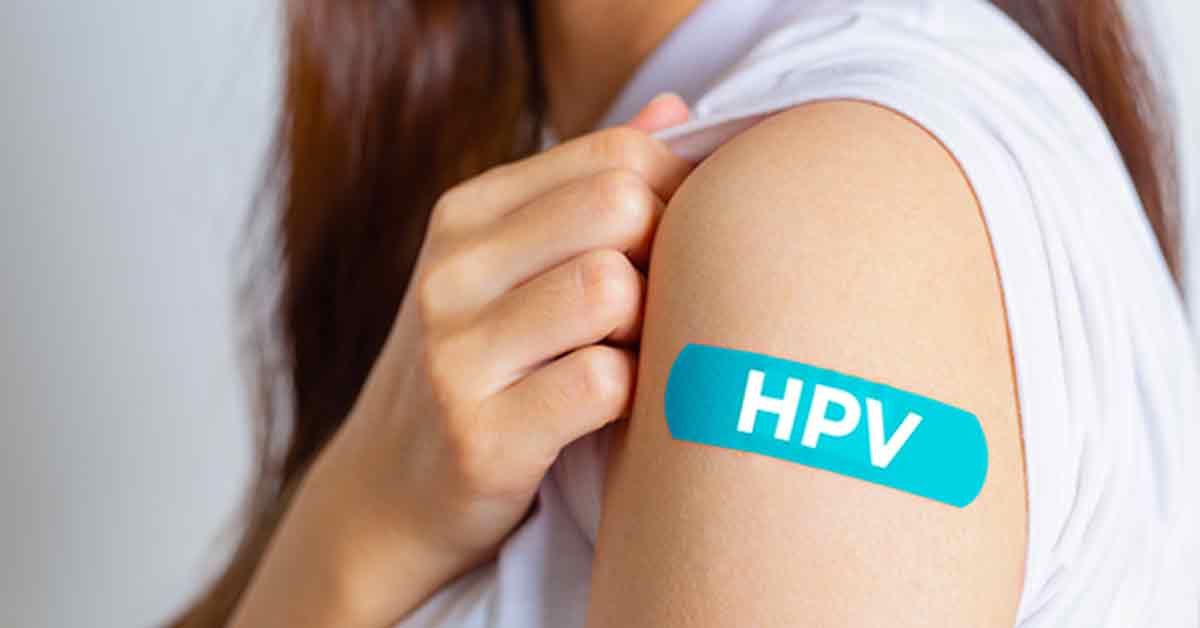Vaginal Cancer - Summary, Symptoms, Treatments
Contact Us
What is vaginal cancer?
Vaginal cancer is a rare type of cancer that forms in the tissues of the vagina, the muscular tube that connects the uterus to the outer part of the female genitals. It most often occurs in the lining (epithelium) of the vagina and is categorized as either primary (originating in the vagina) or secondary (spreading from another part of the body). There are various types of vaginal cancer. Squamous cell carcinoma is the most common type. It develops in the thin, flat cells that line the vagina. It usually grows slowly and tends to occur in older women.
Back to Top
What are the signs and symptoms of uterine cancer?
The signs and symptoms of vaginal cancer can vary depending on the stage of the disease, and many women may not experience symptoms in the early stages. When symptoms do appear, they can include:
- Abnormal vaginal bleeding or discharge
- Pain in the lower abdomen or pelvis
- Painful or frequent/urgent urination
- Pain during sexual intercourse
- A mass or lump that can be felt inside the vagina
- Changes in bowel habits
- Swelling in the legs
Many of these symptoms can also be caused by non-cancerous conditions, so it’s essential to consult a healthcare provider for a proper diagnosis if any symptoms are present and persist. Early detection greatly improves the chances of successful treatment.
Back to Top
How is vaginal cancer diagnosed?
Diagnosing vaginal cancer begins with a physical examination so that your doctor can evaluate the symptoms you are experiencing and discuss your health history in detail. Diagnosis typically involves a combination of pelvic exams, imaging tests (like ultrasound or CT scans), and blood tests. In some cases, a biopsy may be performed to obtain a tissue sample for examination under a microscope.
Back to Top
What causes vaginal cancer?
The exact cause of vaginal cancer is not fully understood, but several risk factors have been identified that can increase the likelihood of developing the disease.
Factors that may increase the risk of vaginal cancer include:
- Human Papillomavirus (HPV) infection is a sexually transmitted infection that can cause changes in the cells of the vagina. HPV is the most common cause of vaginal cancer. The high-risk strains of HPV, especially HPV-16 and HPV-18, are strongly linked to vaginal and cervical cancers.
- Age. Vaginal cancer is more common in older women, particularly those over the age of 60. The risk increases with age.
- Women who have had cervical cancer or cervical dysplasia (precancerous changes in the cervix) are at a higher risk of developing vaginal cancer. This is often due to shared risk factors, such as HPV infection.
- Exposure to Diethylstilbestrol (DES), a synthetic estrogen that was prescribed to pregnant women between the 1940s and 1970s to prevent miscarriage. Women whose mothers took DES during pregnancy have a higher risk of developing a rare form of vaginal cancer called clear cell adenocarcinoma.
- A weakened immune system, whether from HIV infection, long-term use of immunosuppressive drugs (such as those used after organ transplants) or other conditions.
- Smoking. The carcinogens in tobacco can damage the cells of the vagina and reduce the immune system’s ability to clear HPV infections.
Women may develop vaginal cancer without the presence of any of these risk factors.
Back to Top
Is vaginal cancer genetic?
Although there is no direct evidence of inherited genetic mutations causing vaginal cancer, family history of cancers linked to HPV or other gynecological cancers may increase risk. It is best to talk with your doctor about any genetic factors that may be present.
Back to Top
Is vaginal cancer curable?
Vaginal cancer, especially when detected early, is often curable. The success of treatment depends on several factors, including the stage and grade of the cancer, the patient’s overall health and how well the cancer responds to treatment.
Back to Top
Is there a screening test for vagina cancer?
There is no specific screening test for vaginal cancer. However, vaginal cancer can sometimes be detected during routine gynecological exams, especially if abnormalities are found during a Pap test. It’s important for women to be aware of symptoms and risk factors and to consult a doctor if they experience unusual changes. Regular gynecological exams are important for early detection and diagnosis.
Back to Top
What are the best things women can do to reduce the risk of vaginal cancer?
While there is no guaranteed way to prevent vaginal cancer, women can reduce their risk by getting vaccinated against HPV, undergoing regular screening tests (Pap smear and/or HPV testing), practicing safe sex and avoiding risk factors like smoking.
HPV vaccination protects against the most common high-risk strains of human papillomavirus (HPV), particularly HPV types 16 and 18, which cause about 70% of cervical cancer cases. The vaccine is most effective when given before someone becomes sexually active, typically recommended for girls and boys aged 9-12. Vaccination is also recommended for women (and men) up to age 26, and sometimes up to age 45, depending on circumstances, although the benefit decreases if they’ve already been exposed to HPV.
Back to Top
How is vaginal cancer treated?
Treatment options for vaginal cancer depend on a number of factors, including the specific type, size, location and grade of the tumor and the patient’s overall health. Surgery to remove the tumor or affected area is the most common treatment. Treatment options can also include radiation therapy, hormone therapy, chemotherapy or immunotherapy.
FCS is committed to advancing treatment and outcomes for patients with gynecologic cancers. Each year, dozens of clinical trials are conducted within FCS to find newer, better and more targeted treatments for the different types of gynecologic cancer.
Back to Top










